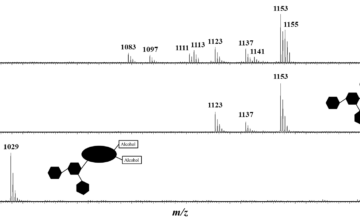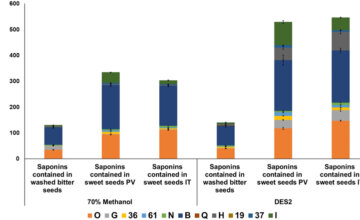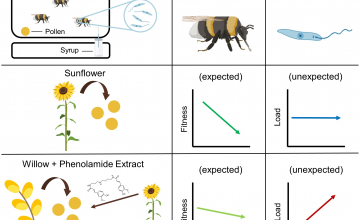One Step Further in the Characterization of Synthetic Polymers by Ion Mobility Mass Spectrometry: Evaluating the Contribution of End-groups

Duez, Q.; Liénard, R.; Moins, S.; Lemaur, V.; Coulembier, O.; Cornil, J.; Gerbaux, P.; De Winter, J. One Step Further in the Characterization of Synthetic Polymers by Ion Mobility Mass Spectrometry: Evaluating the Contribution of End-groups. Polymers 2019, 11, 688.
Several families of polymers possessing various end-groups are characterized by ion mobility mass spectrometry (IMMS). A significant contribution of the end-groups to the ion collision cross section (CCS) is observed, although their role is neglected in current fitting models described in literature. Comparing polymers prepared from different synthetic procedures might thus, be misleading with the current theoretical treatments. We show that this issue is alleviated by comparing the CCS of various polymer ions (polyesters and polyethers) as a function of the number of atoms in the macroion instead of the usual representation involving the degree of polymerization. Finally, we extract the atom number density from the spectra which gives us the possibility to evaluate the compaction of polymer ions, and by extension to discern isomeric polymers.




